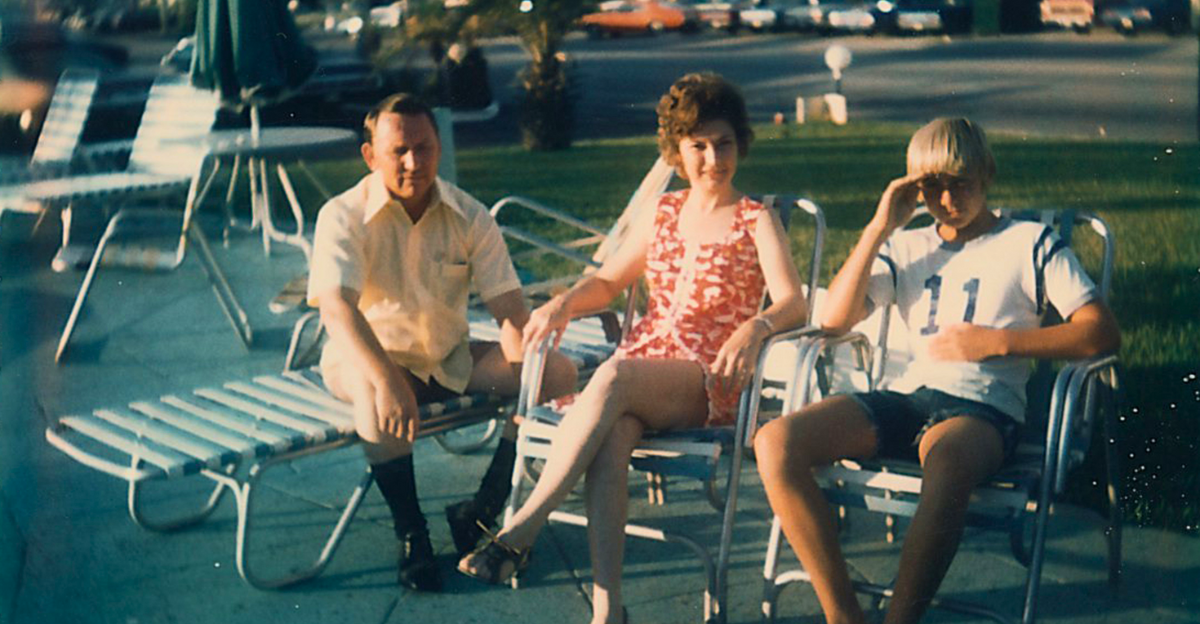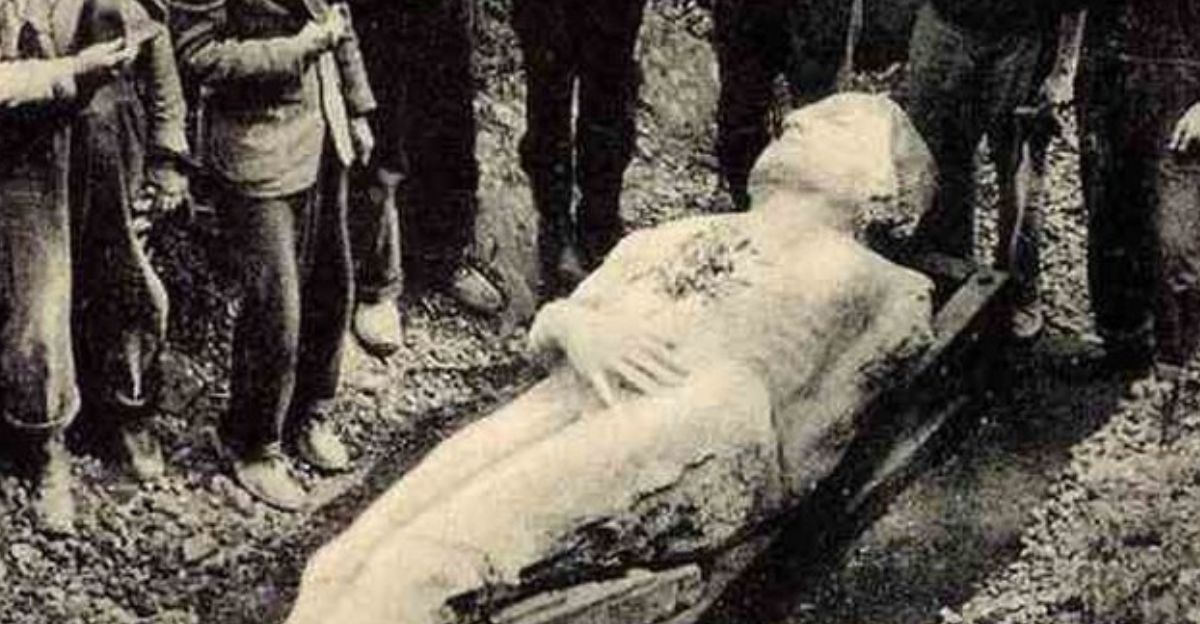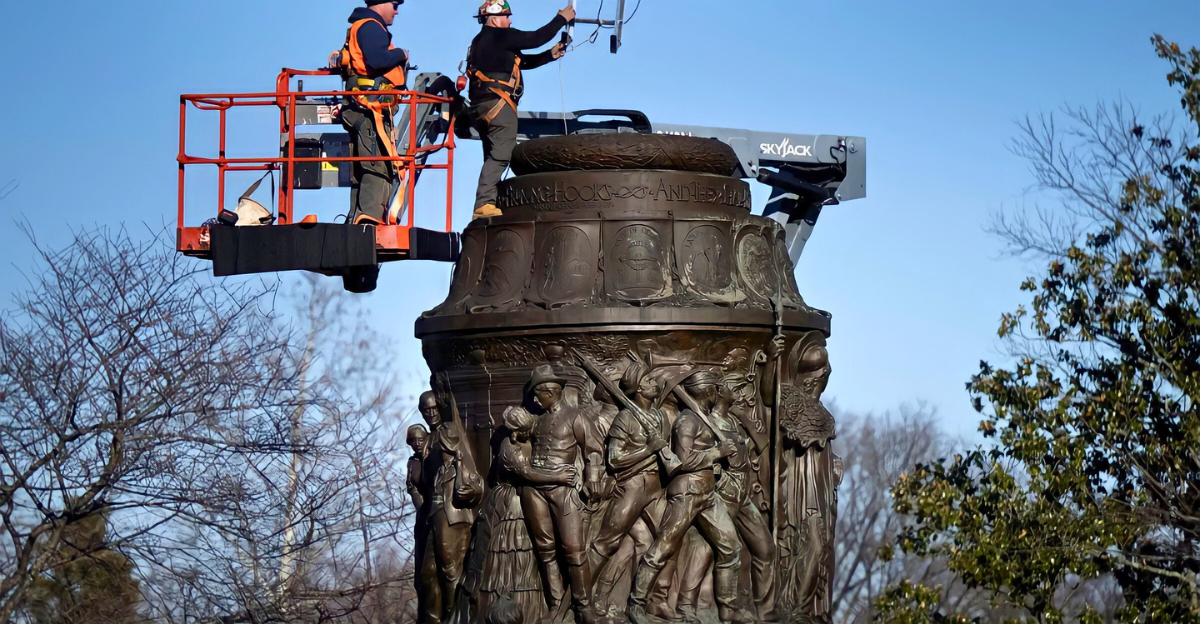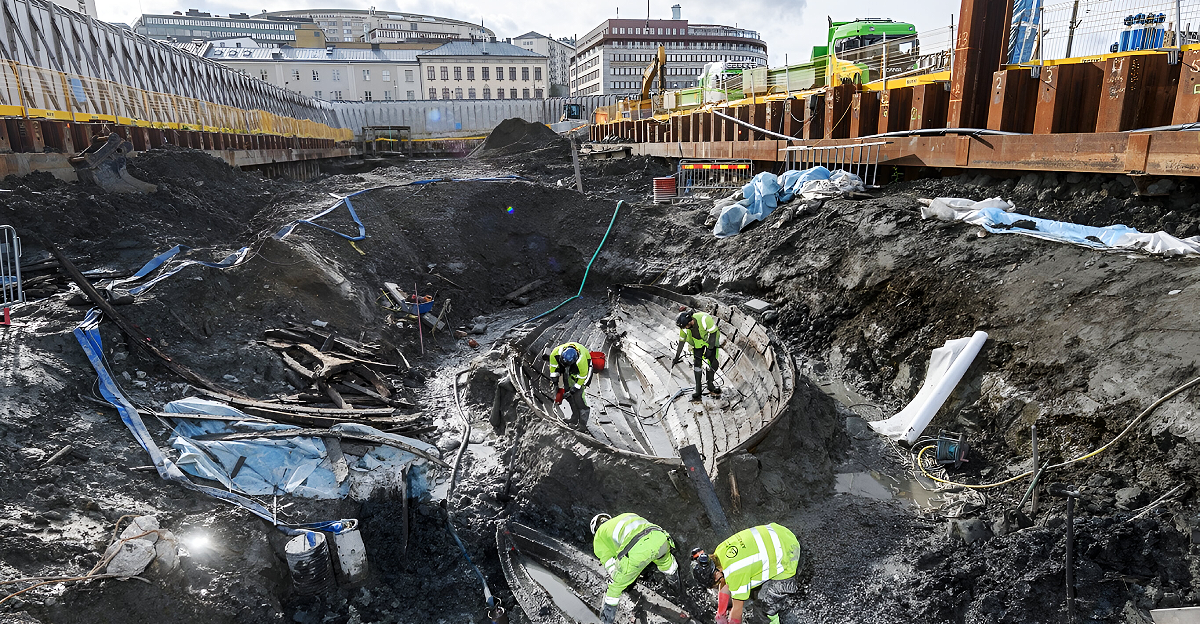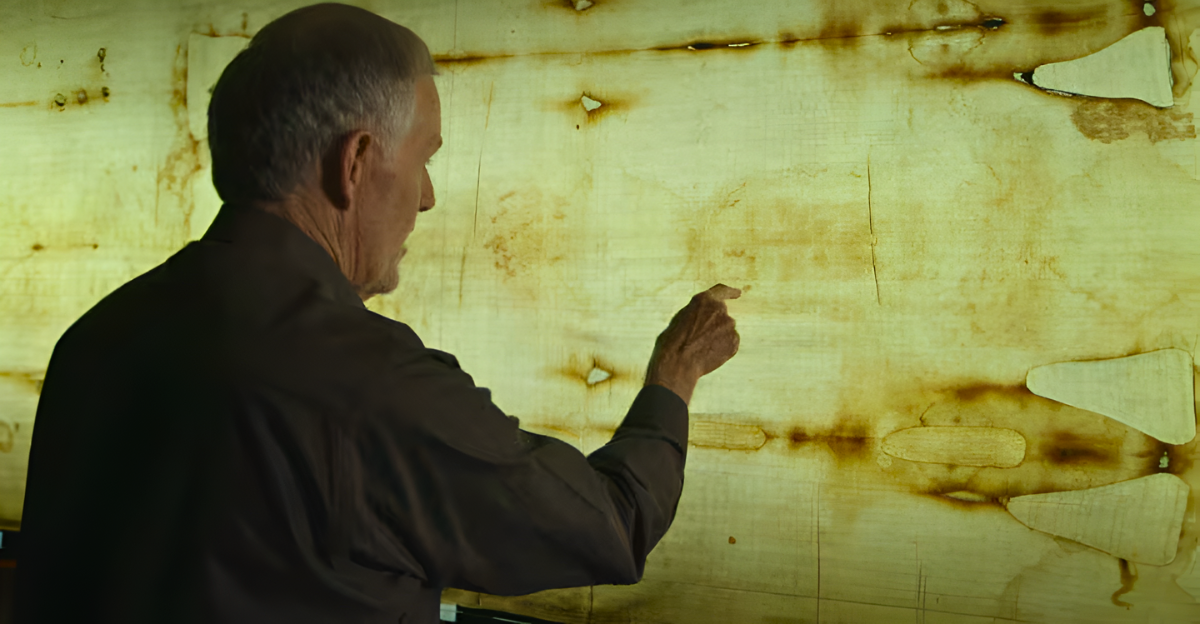
The Shroud of Turin is a centuries-old linen cloth imprinted with the faint image of a man’s front and back. Housed in Turin, Italy, it has long been venerated as the burial shroud of Jesus Christ. In 1898, the artifact gained international attention when photographer Secondo Pia developed a negative image that appeared startlingly lifelike.
That haunting face helped spark global fascination, turning the cloth into both a religious relic and a scientific mystery. But what is this image, and could modern science finally unravel how it came to be?
The Battle to Prove the Shroud’s Origin
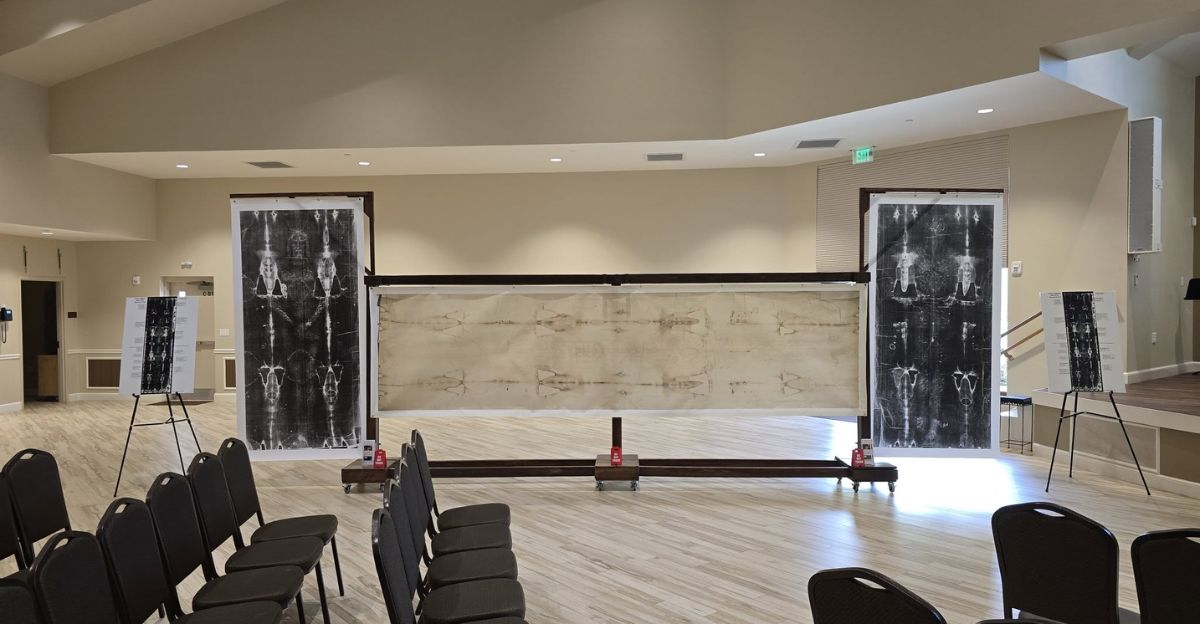
Since its discovery, the Shroud has been fiercely debated. Early forensic studies pointed to blood patterns and wound markings that seemed to mirror Gospel accounts of crucifixion. But in 1989, radiocarbon dating published in Nature dated the linen between 1260 and 1390 AD, placing it firmly in medieval Europe.
This revelation sparked backlash, with critics claiming the tested area may have come from a repaired section. As more sophisticated tools became available, researchers renewed efforts to determine whether the Shroud was a miracle or a masterwork of medieval craftsmanship.
The Dating Controversy That Refused to Die
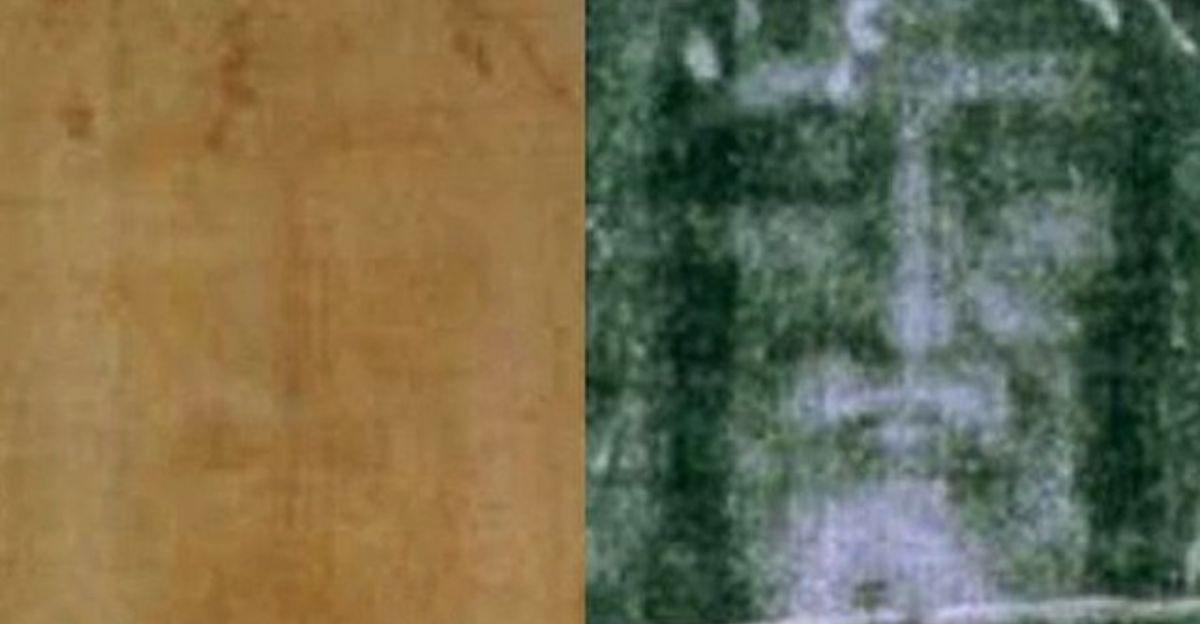
Although 1989 radiocarbon testing dated the Shroud to the 13th–14th century, many researchers questioned the validity of the results. Chemist Raymond Rogers argued in Thermochimica Acta that the tested sample likely came from a corner repaired after a 1532 fire in Chambéry, France.
During the blaze, molten silver from the reliquary dripped onto the folded cloth, prompting nuns to patch the damaged areas two years later. The dating could have been skewed if newer threads were used in that section.
This uncertainty and the Vatican’s neutral stance redirected attention toward the Shroud’s most visually mysterious element … the face.
Why the Face Holds the Key
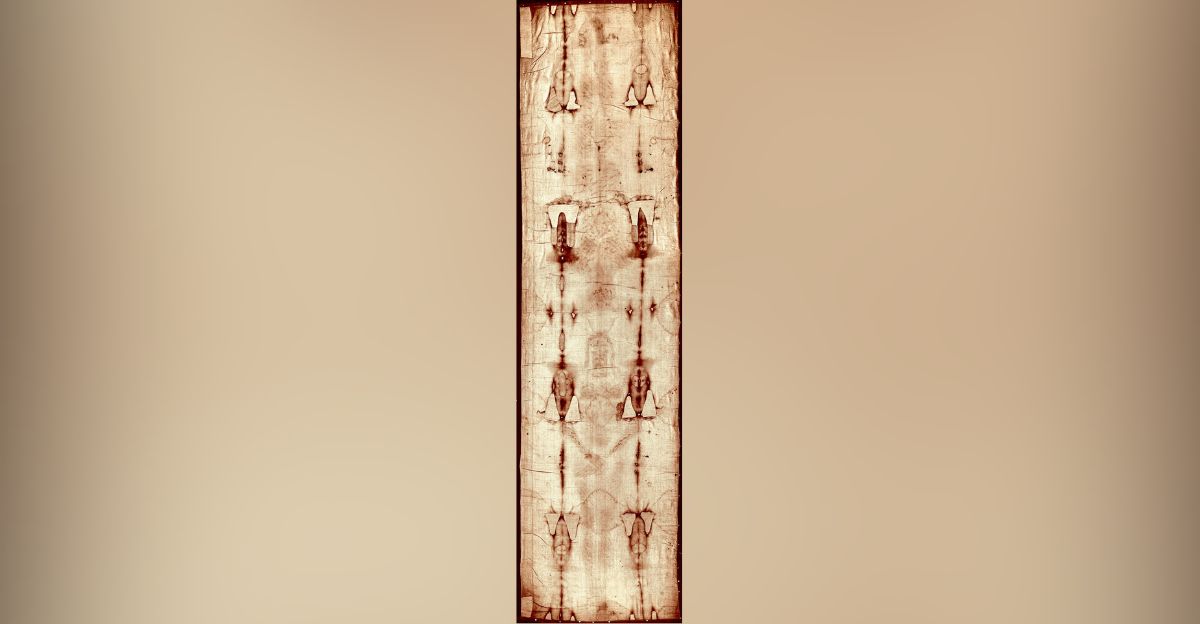
The image of a face at the center of the Shroud has long captivated scientists, historians, and believers alike. Often referred to as the “Holy Face,” it remains the cloth’s most studied and debated aspect.
In 2024 and 2025, researchers turned to high-resolution 3D modeling to investigate how such an image could have formed. Was it the result of cloth touching a real human body, or something crafted by human hands?
By examining the image’s proportions, contours, and anatomical accuracy, scientists aimed to uncover whether the face was a natural imprint or a deliberate creation.
The Designer Who Recreated the Face
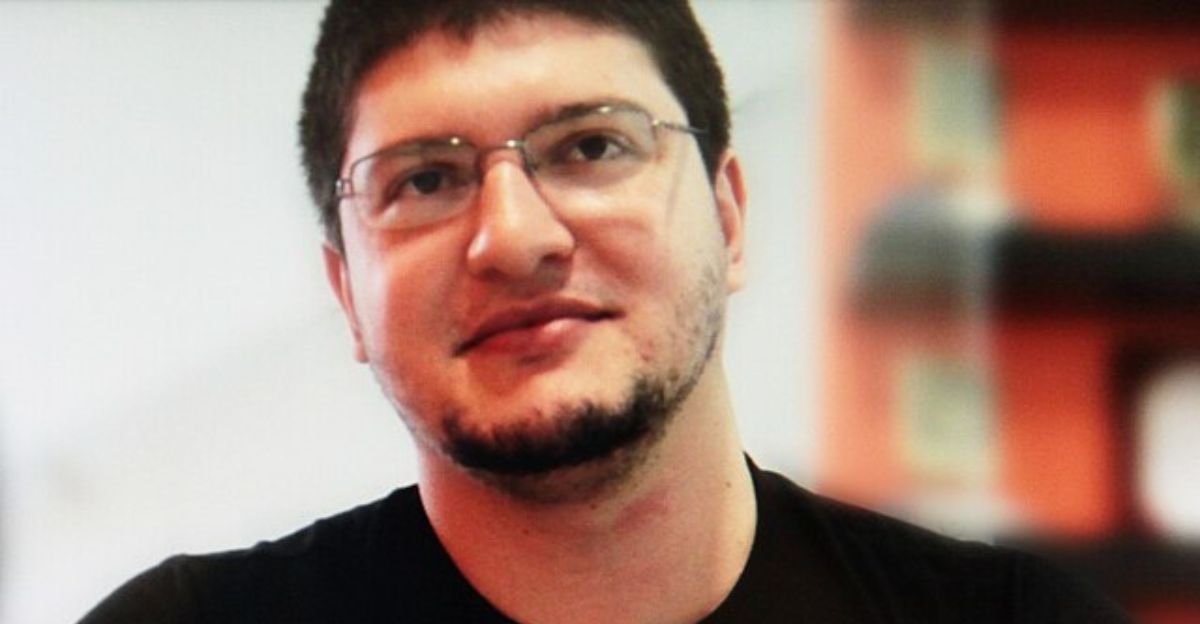
Brazilian forensic designer Cicero Moraes led a 2025 study that applied advanced 3D modeling to simulate how cloth interacts with real human faces compared to sculpted surfaces. The goal was to determine whether the Shroud’s image could plausibly have come from direct contact with a body.
To him the findings were decisive. “The facial proportions on the Shroud don’t align with those produced from real human anatomy,” Moraes told Live Science in July. Instead, the image appeared flat and undistorted – traits inconsistent with how linen would naturally drape over the complex curves of a human head.
This Ancient Art Effect May Explain Everything
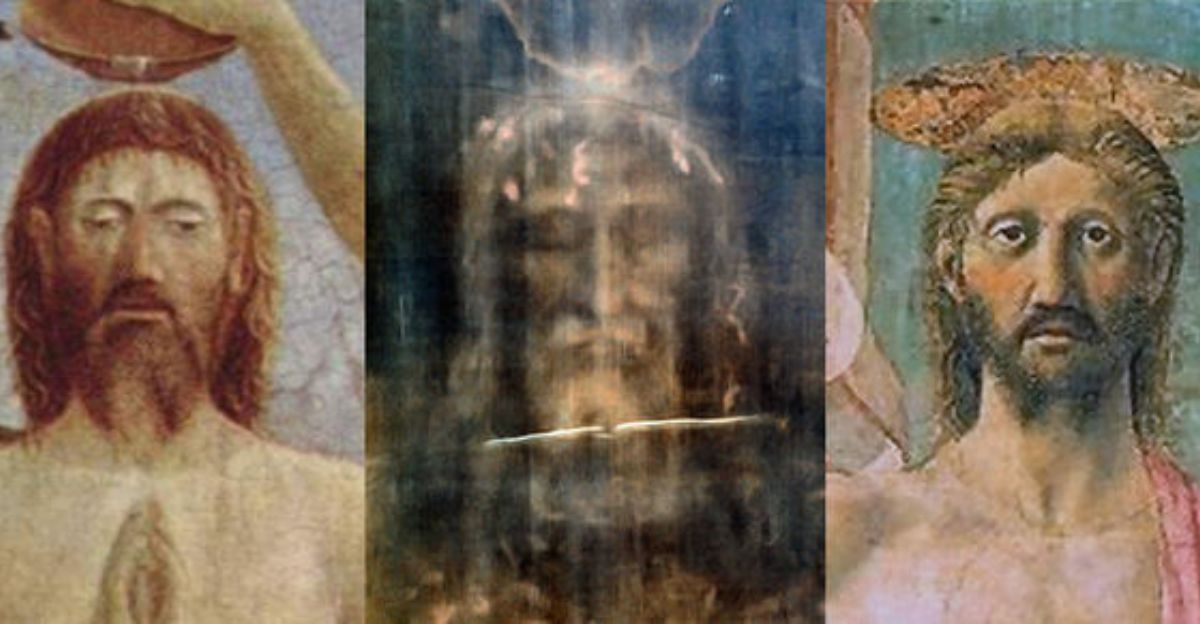
To explain the image’s geometry, Moraes referenced the “Agamemnon Mask effect” – a distortion that occurs when a three-dimensional face is flattened onto a two-dimensional surface. When his team simulated a real human face, the resulting imprint appeared stretched and wide.
The Shroud’s face, however, showed no such distortion. That critical difference led the team to believe the image wasn’t formed through body-to-cloth contact but through a technique involving a shallow object.
What the Cloth Reveals About Its Source
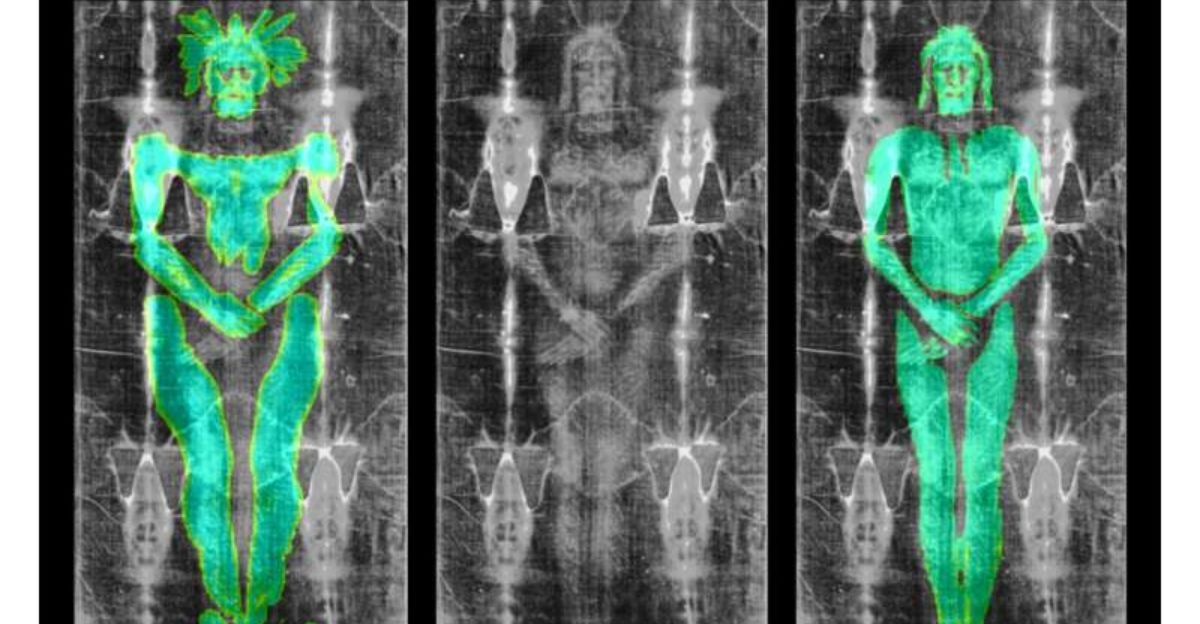
Moraes’ team then experimented with cloth draped over low-relief sculptures, shallow carvings with limited depth. This method produced imprints that nearly matched the Shroud’s image in both symmetry and proportion.
These simulations led researchers to conclude that the Shroud’s face likely came from a sculpted matrix – possibly made of wood, stone, or metal – not a real person. The researches believed that it was intentionally crafted, not accidentally transferred.
A Common Medieval Technique May Be the Smoking Gun
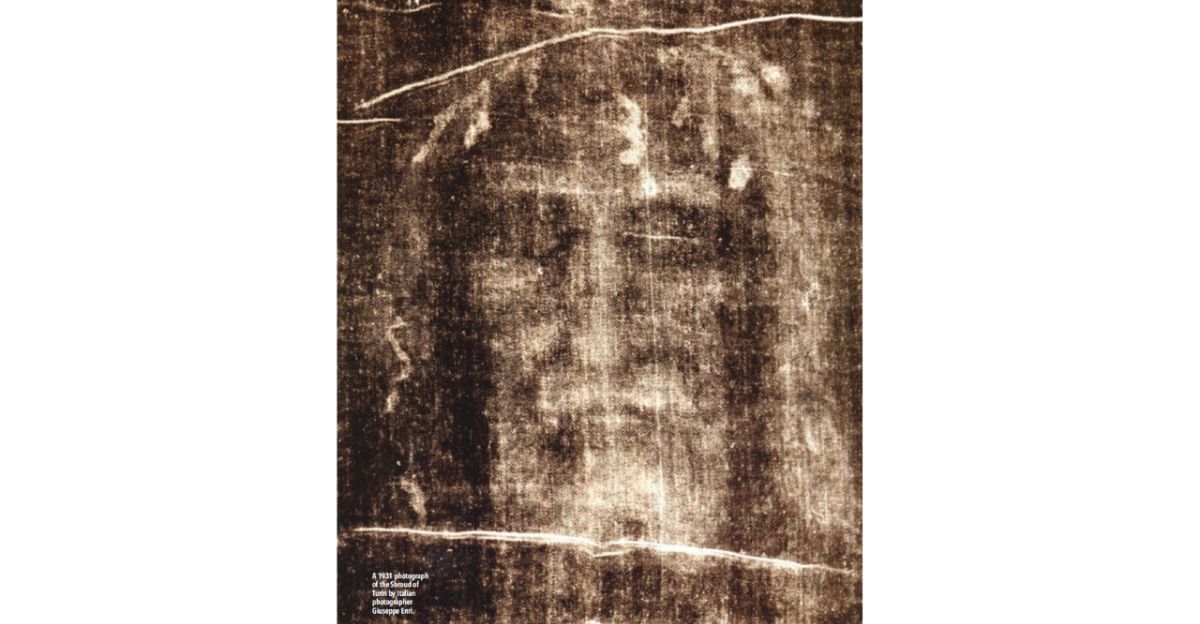
Low-relief art was widespread in the Middle Ages, particularly religious sculpture and funerary art. Art historians note that 13th—and 14th-century artists frequently used this style to depict saints and biblical figures.
Moraes’ findings, combined with the artifact’s medieval dating, suggested to him that the Shroud may have been created using artistic techniques common at the time, possibly as a devotional object or religious prop rather than a burial cloth.
The Face Fails—or Defies—the Anatomy Test
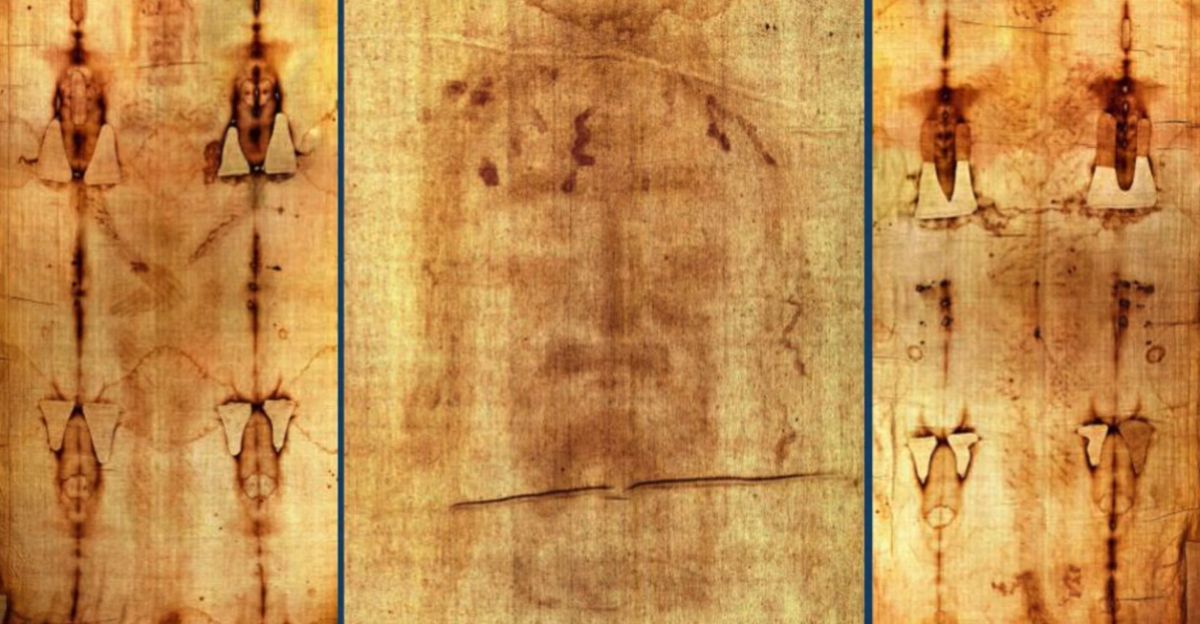
A real human face pressed against linen would typically show signs of distortion – flattened features, asymmetry, or compression, especially around the nose and eyes. However, the Shroud’s image displayed an unusual rigidity and near-perfect symmetry.
“There’s a rigid symmetry that doesn’t align with how real anatomy appears when pressed against fabric,” Moraes observed in 2025. Based on this, his team proposed the image likely came from a sculpted or low-relief surface rather than a wrapped human face.
Still, not all experts agree. Some researchers argue that unknown processes – possibly involving radiation, vapor diffusion, or environmental factors – could account for the lack of distortion. As with much of the Shroud’s mystery, the anatomy test raises more questions than it answers.
Bloodstains or Artistic Simulation?
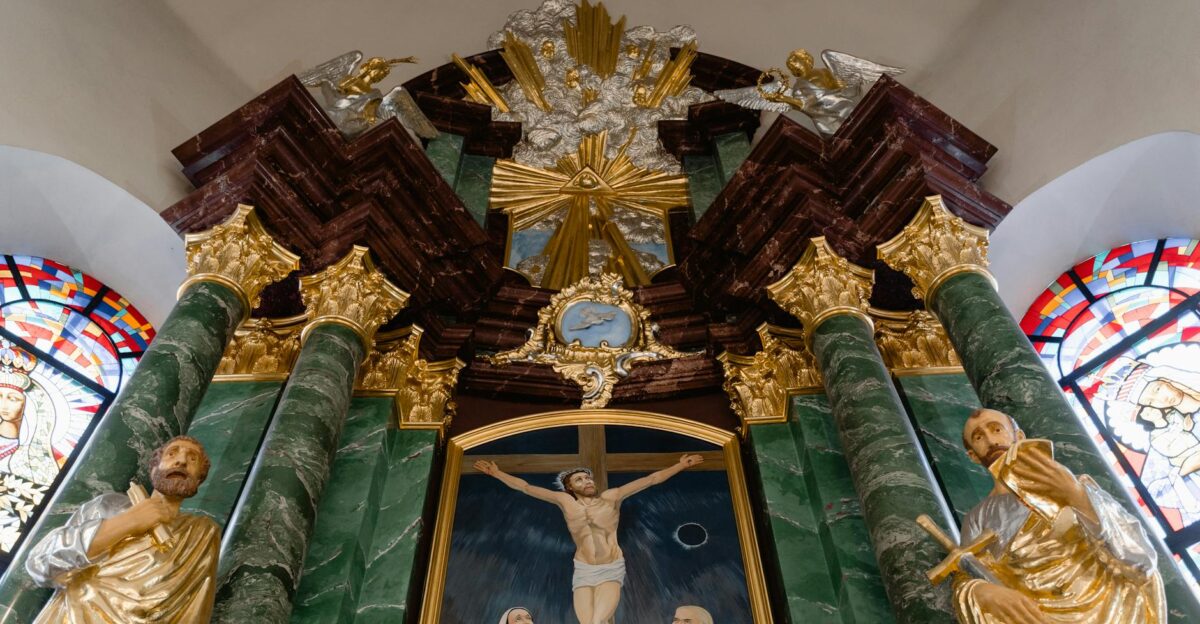
Earlier analyses suggested that the marks resembling bloodstains on the Shroud aligned with wounds described in the Gospel accounts of crucifixion – on the wrists, feet, and side. However, more recent forensic studies have cast doubt on that interpretation.
A 2024 investigation published in the Journal of Forensic Sciences concluded that several of the stains are physically inconsistent with how blood flows on a human body. Researchers identified patterns that defy gravity, appear unnaturally uniform, or fail to follow normal anatomical contours.
These anomalies suggest that the stains may not be real blood from a crucified body, but instead were applied intentionally, perhaps to simulate wounds or enhance the image’s emotional and visual impact.
What DNA and Pollen Tell Us About the Cloth’s Travels
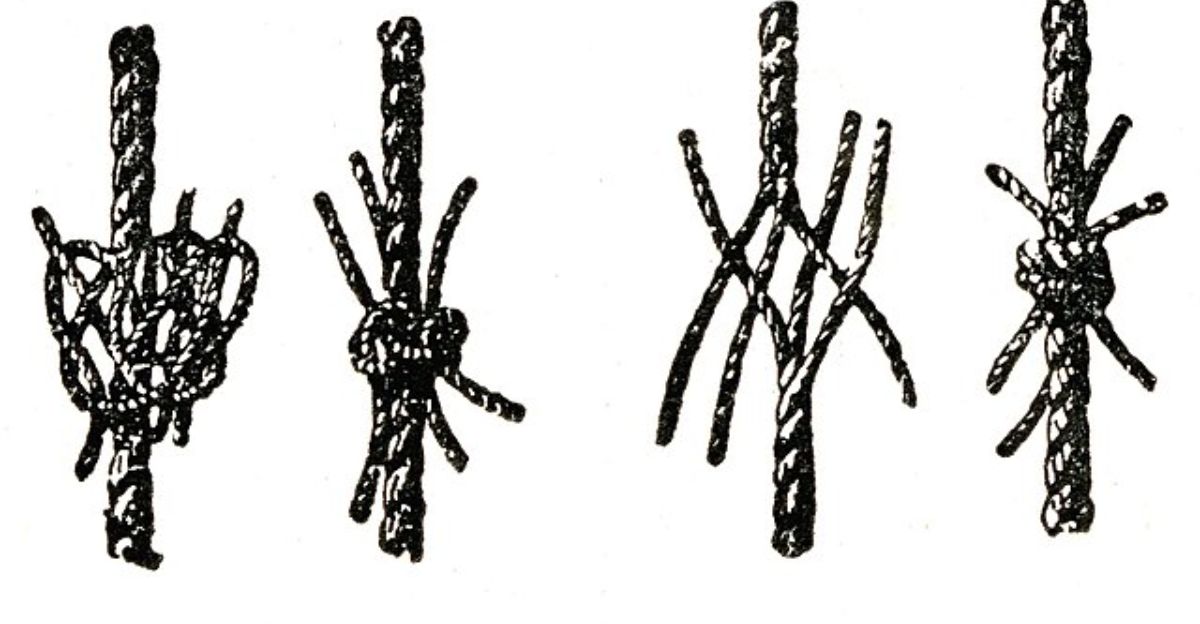
Scientific samples collected in the 1970s and 1980s uncovered DNA and pollen from regions across the globe, including the Middle East, North Africa, Central Europe, and even North America. These findings show that the cloth has passed through many hands and places.
However, rather than proving it originated in ancient Jerusalem, the diversity suggests a history of widespread contact, possibly from pilgrimages, exhibitions, or relic exchanges during the Middle Ages.
Does the Face Resemble the Living or the Dead?
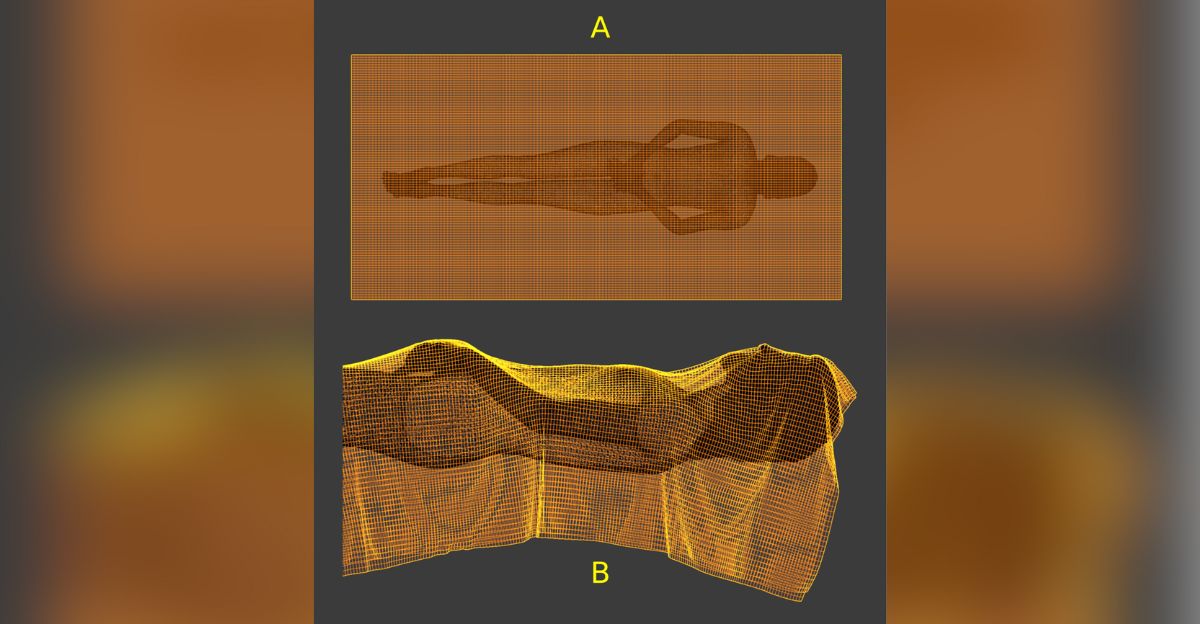
A 2021 anthropological study found that certain facial features on the Shroud – like the lips, cheeks, and nasolabial folds, resembled those of a living person rather than a corpse. Researchers noted muscular tension inconsistent with typical post-mortem changes. This supports Moraes’ theory that the image was based on a model or low-relief object.
Still, some forensic analysts argue that decomposition and burial conditions can vary widely, and say the face could still be consistent with a real body. The science, once again, offers no clear-cut answer.
Why Some Scientists Still Say It’s a Mystery
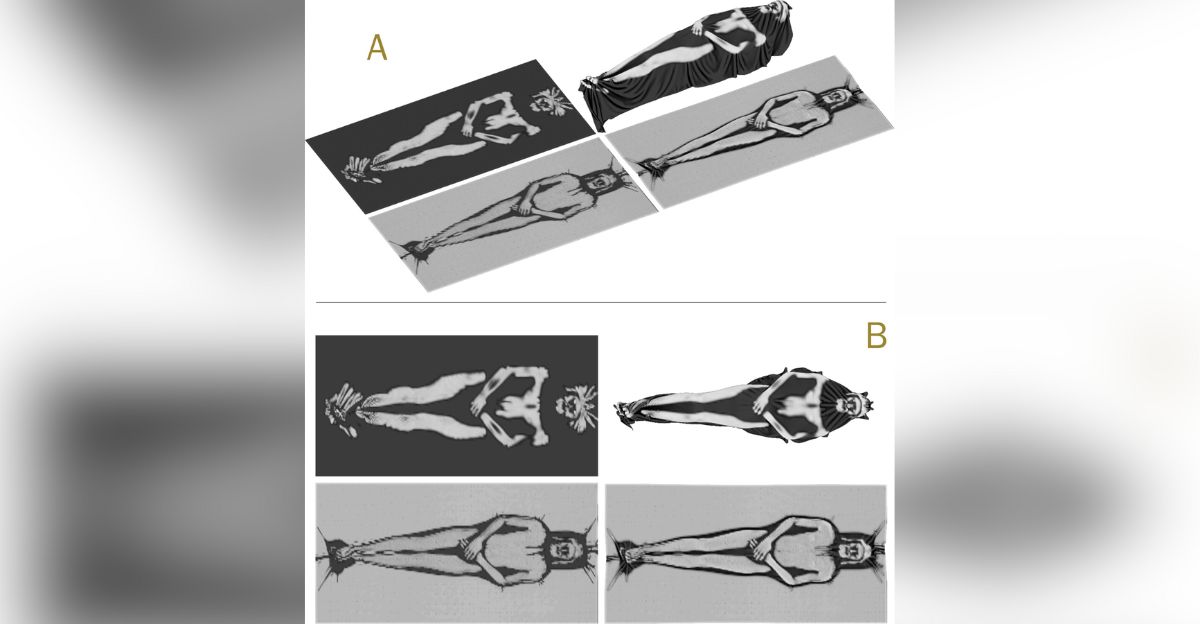
The International Center of Sindonology and other advocates emphasize that no known artistic or printing technique fully accounts for the Shroud’s distinctive image. They note that scientific analyses have failed to detect any pigments, brush strokes, or dyes typically associated with painting. Instead, the image appears confined to the very surface of the linen fibers, without penetrating deeper layers.
This unusual superficiality, combined with the absence of recognizable artistic markers, leads proponents to suggest the image may result from an as-yet-undiscovered process. They argue that the Shroud’s formation mechanism remains beyond current scientific understanding.
No Perfect Replication Yet—But That Doesn’t Confirm Authenticity
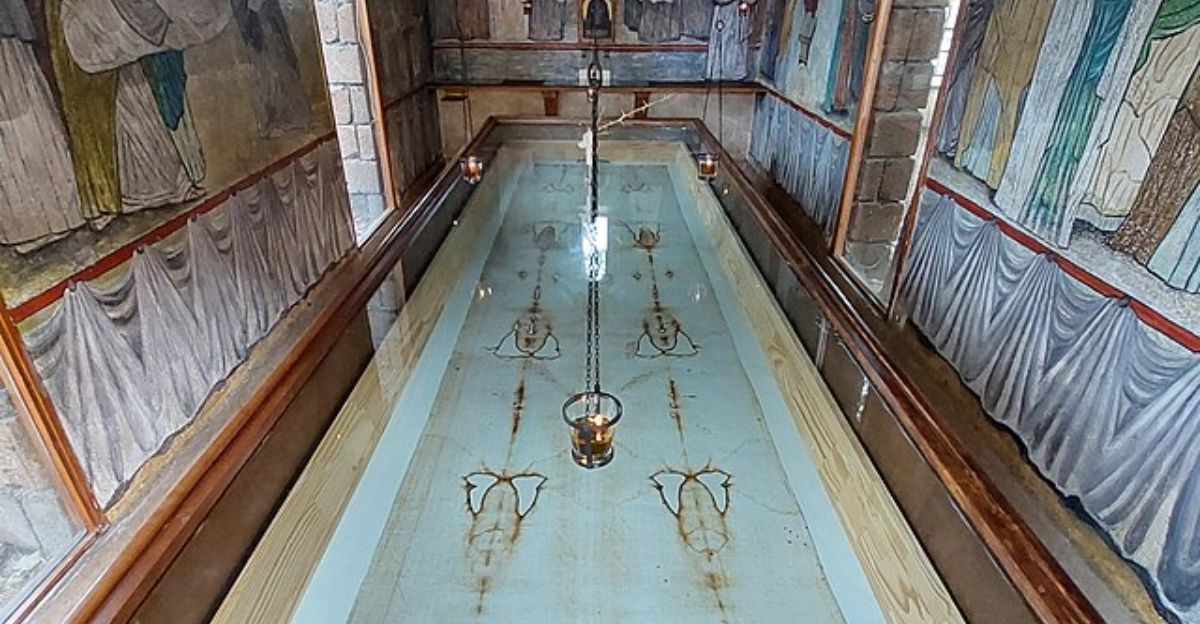
Even Cicero Moraes acknowledges that his low-relief simulation doesn’t capture every detail of the Shroud’s image, particularly the subtle, superficial coloration limited to the linen’s outer fibers. While his model convincingly explains the face’s proportions and lack of distortion, it fails to replicate the Shroud’s unique surface characteristics fully
Critics argue that no technique – medieval or modern – has fully explained how the image was made. While Moraes’ findings are influential, they represent one theory in a broader, ongoing debate.
The Carbon Clock Still Ticks Back to the Middle Ages
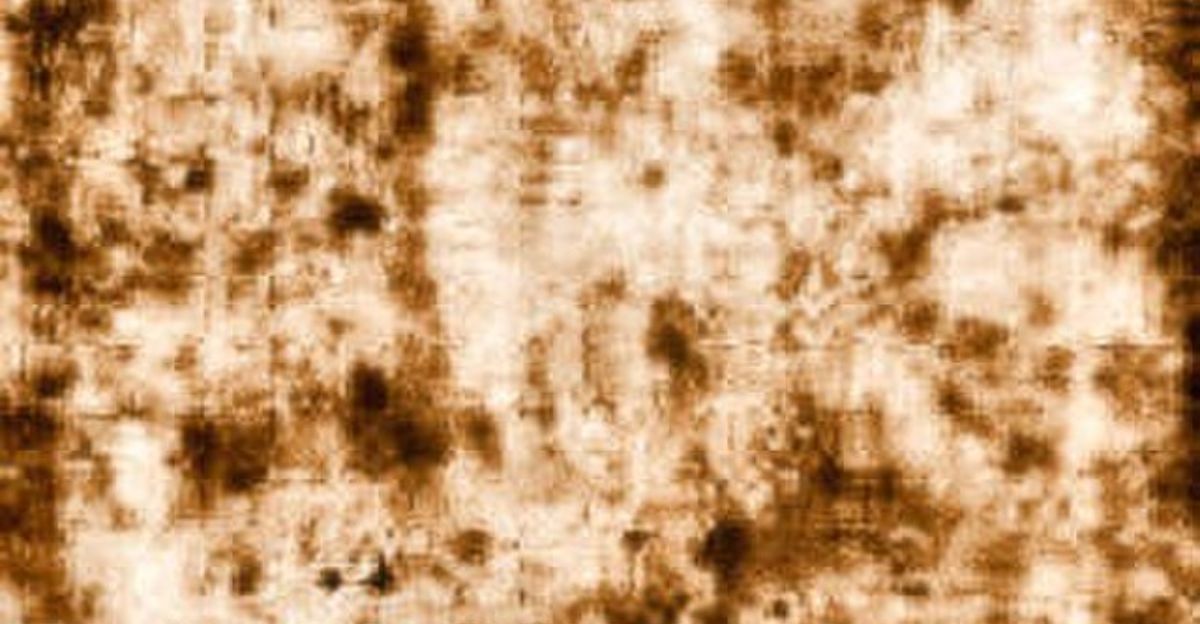
The 1989 radiocarbon dating remains one of the strongest pieces of evidence against the Shroud’s biblical origin. While alternate dating methods – such as the 2022 X-ray study by Liberato De Caro- suggest a possible first-century timeline, those results have been met with caution.
Most scholars consider them inconclusive due to the limited sample size and inconsistent methodology.
What Does the Vatican Say About All This?

The Catholic Church has never officially declared the Shroud of Turin authentic. Instead, it encourages respectful veneration while entrusting scientific investigation to experts. In a 2013 address, Pope Francis described the Shroud as “an icon of a man scourged and crucified,” emphasizing its spiritual and symbolic significance rather than its historical or scientific veracity.
This deliberate neutrality allows both believers and skeptics to engage with the relic on their own terms, preserving its role as an object of faith without settling the ongoing debate over its origin.
New Analysis Supports Medieval Origin But Doesn’t Close the Case
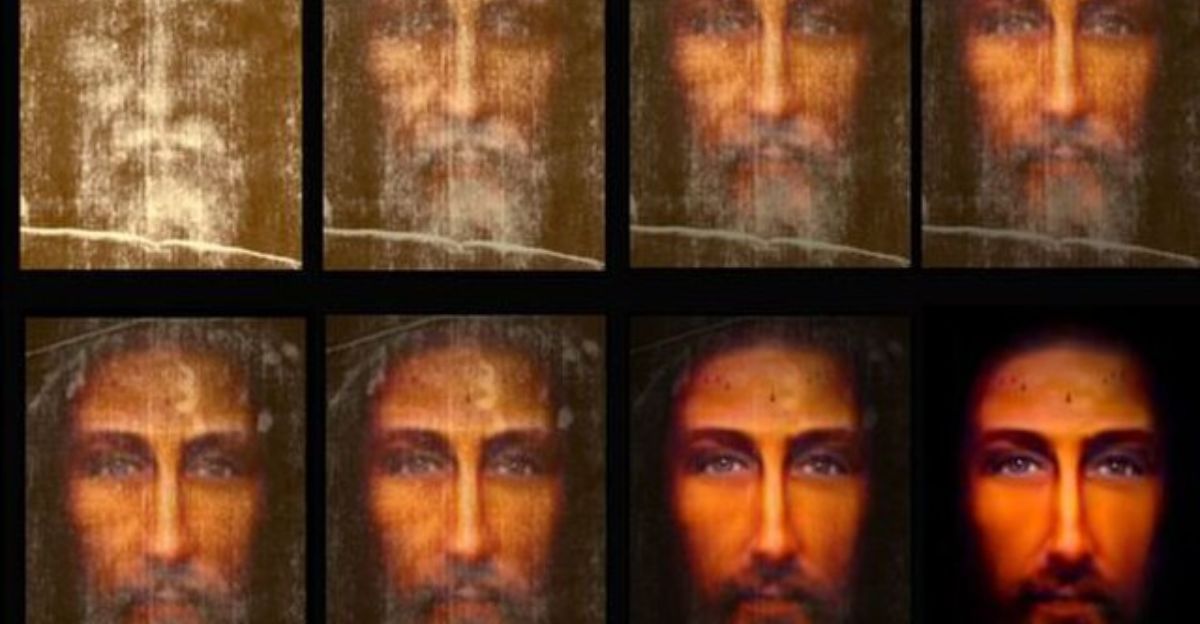
In July 2025, Cicero Moraes concluded that “the image on the Shroud is more consistent with a low-relief matrix than with a real human face.” His findings, based on advanced 3D modeling, support the theory that the Shroud could have been created using artistic techniques available in the Middle Ages.
However, many researchers remain unconvinced. They point to the Shroud’s fiber-level characteristics, anatomical detail, and lack of pigments as evidence that the image may stem from an unknown or lost process, keeping the door open to alternative explanations.
Why the Shroud Still Captivates Millions
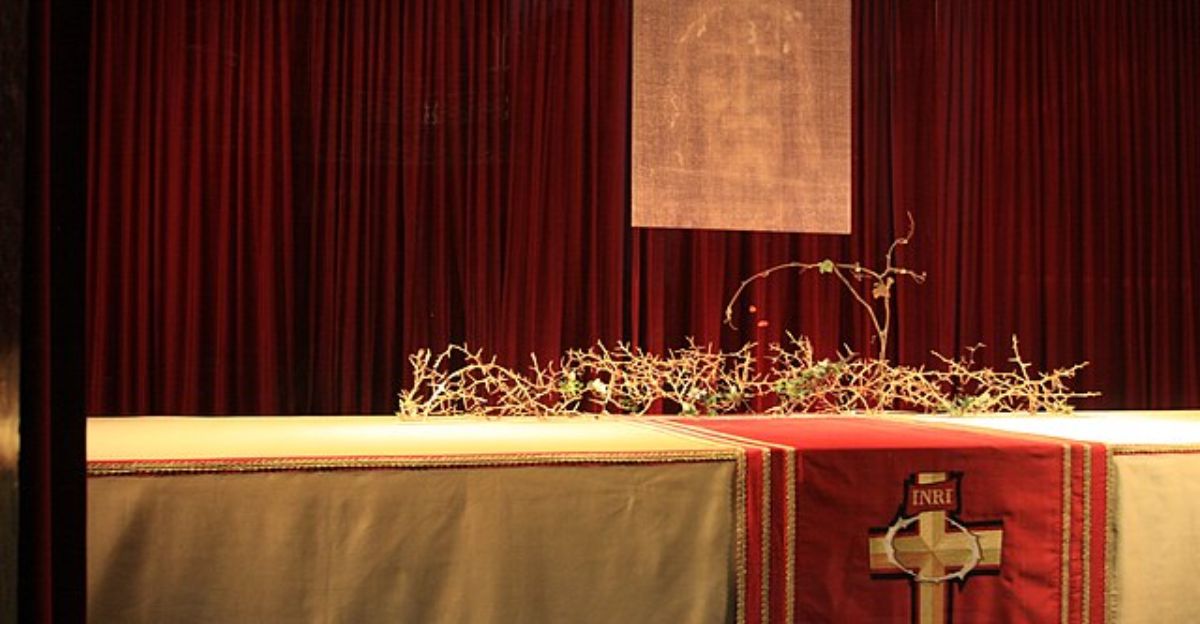
Regardless of scientific evidence, the Shroud remains one of the world’s most mysterious and revered religious artifacts. Pilgrims continue to visit Turin Cathedral to view the cloth.
Historians analyze its origins, artists attempt to recreate its image, and scientists rigorously test its material and formation. Whether regarded as a divine relic or a human-made artifact, the Shroud’s influence extends well beyond religion – shaping history, inspiring art, and captivating the collective human imagination.
New Tools, New Theories—Same Enduring Mystery
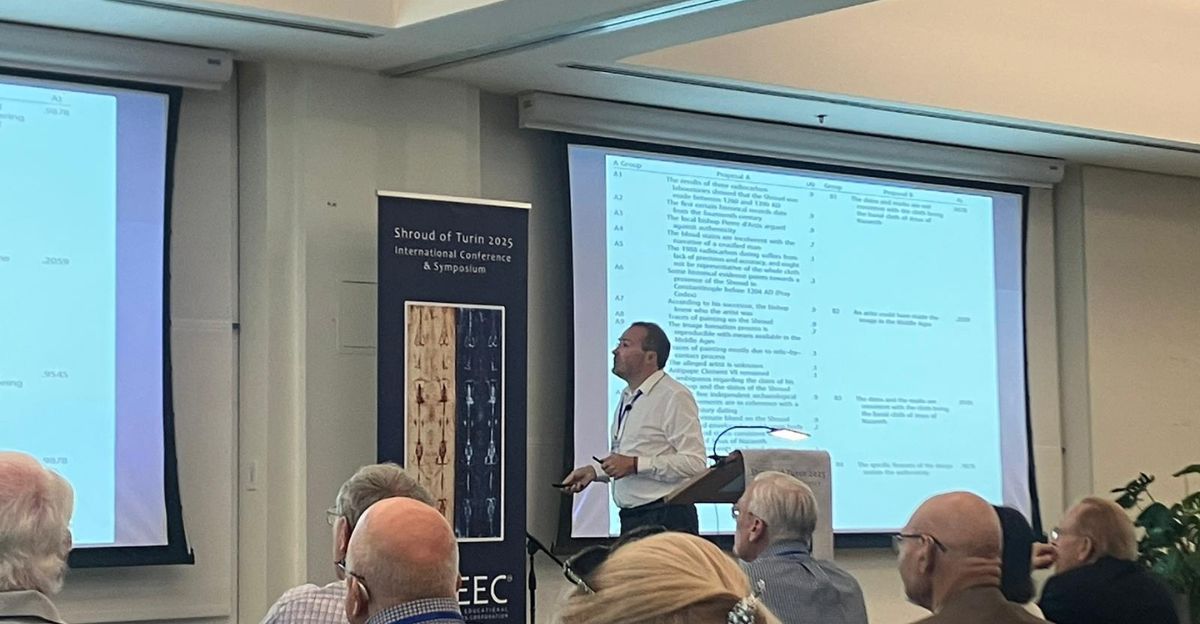
Advances in imaging, forensic science, and digital modeling continue to bring fresh insights and new questions. Every discovery shifts the debate.
The Shroud serves as a case study in how faith and science often coexist uneasily in the pursuit of truth. With each breakthrough, the mystery only deepens, drawing more people into its complex narrative.
Mystery Still Hangs Over the Shroud
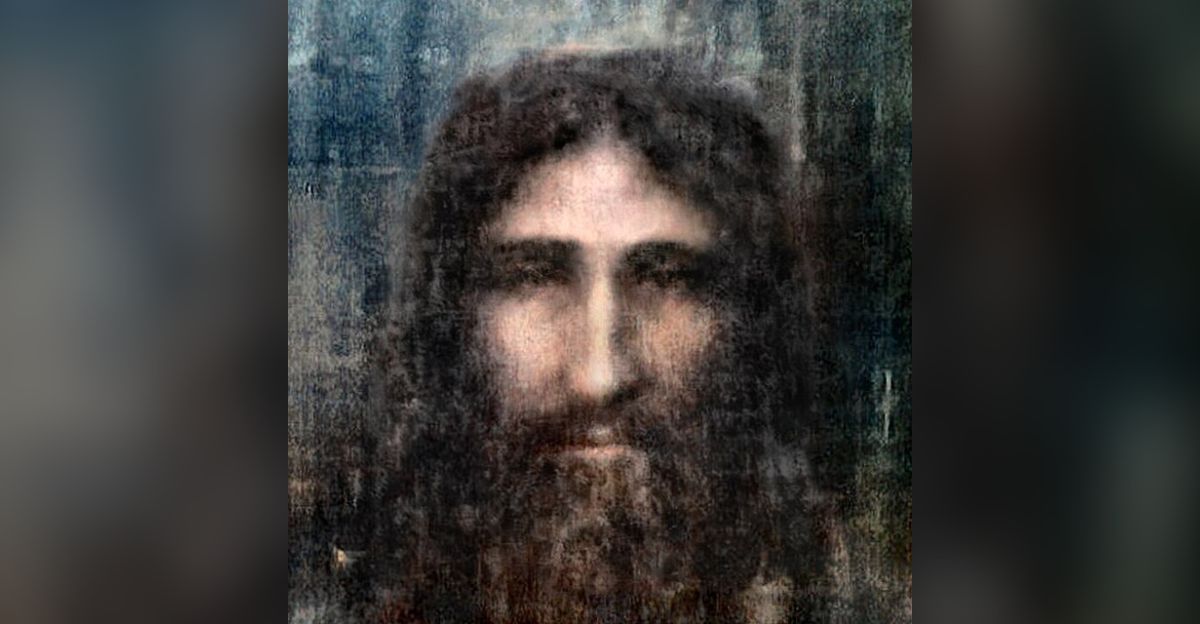
While recent studies suggest that the Shroud’s face was not formed by direct contact with a human body, and may reflect medieval artistic methods, these conclusions remain part of a broader, contested debate. Other researchers point to unexplained image properties and dating discrepancies that defy easy categorization.
The Shroud of Turin continues to resist definitive explanation. Whether seen as a sacred relic, an artistic marvel, or a centuries-old enigma, it still commands global fascination inviting both faith and inquiry in equal measure.


